Fashion News
Cristina Pedroche’s dress in the bells is a 30-year-old design by Manuel Piña
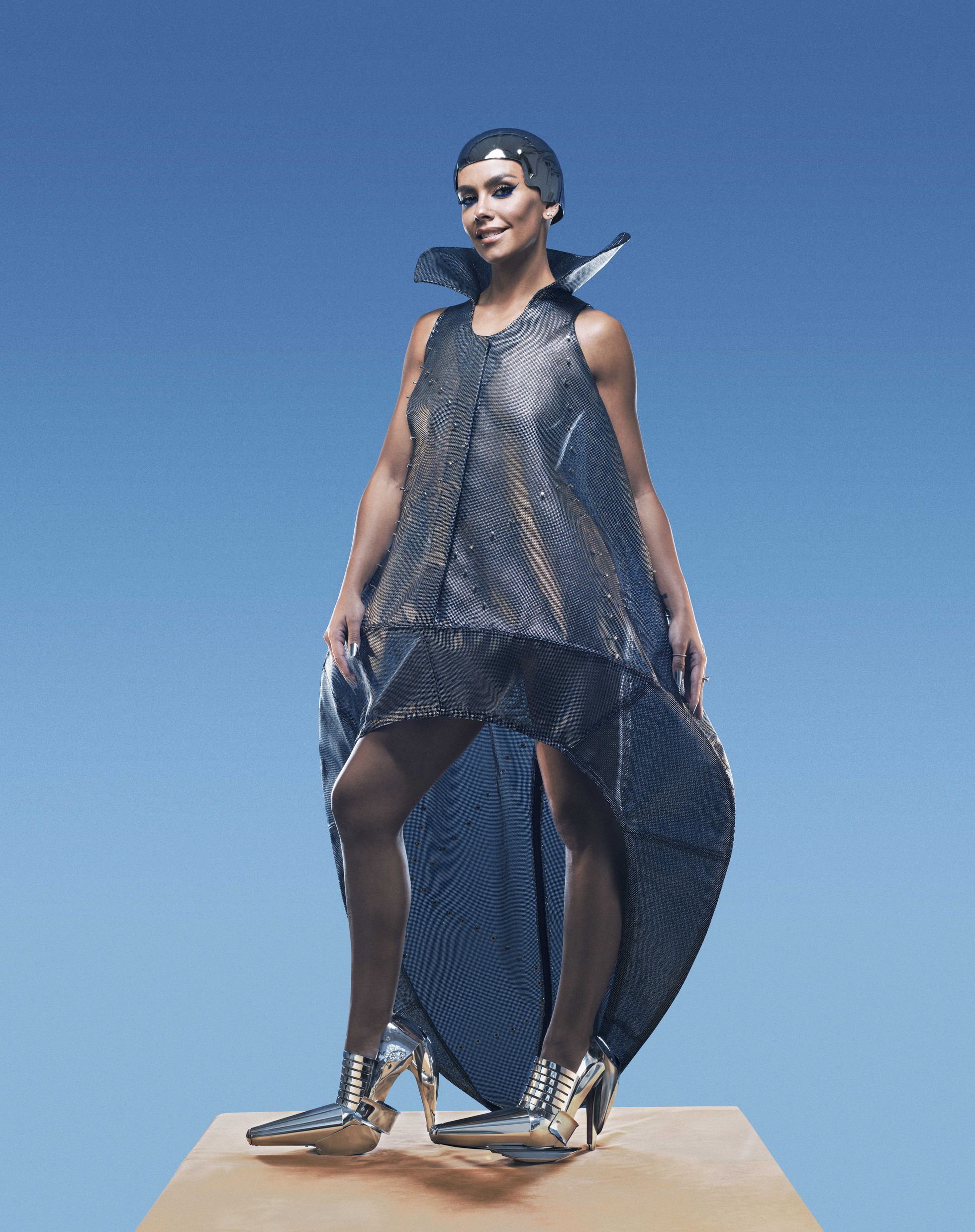
The presenter has dressed a piece by the late designer from the spring / summer 1991 collection, as well as a winged cape by Buj Studio and a helmet and shoes by Manuel Albarrán.
Like every year since 2014 , Cristina Pedroche has been begging. The presenter, star of television, networks, whatsapp and comments in the streets of half of Spain in the last days of the year, has waited a minute until the bells of Puerta del Sol to discover what the design that she has decided to wear to say goodbye to 2021 and premiere in 2022. This time, her eighth date in the New Year’s Eve broadcast, the Madrid woman has innovated again. He has done it year after year, managing to surprise, in one way or another, the public. But this novelty is that she has not chosen a new dress, made to measure or designed specifically for her. The chosen piece already existed and is more than 30 years old. It is a dress of the disappeared Manuel Piña. A garment that was in his museum and that the presenter and her stylist, José Fernández Pacheco, Josie , have recovered for the occasion. “It is the first time that we bet on a design that was already made and I am very excited that it is by Manuel Piña because he deserves it more than anyone else. It is a very current dress, a totally 2022 look , although it was made 30 years ago ”, says Josie, in an interview with S Moda .
The design chosen by Josie and Pedroche is one of the last ones made by Piña (Manzanares, Ciudad Real, 1944-1994) and which he presented at the previously called Cibeles catwalk in September 1990, for the spring / summer season of 1991; In other words, it went on sale more than three decades before Pedroche put it on him. The piece, transparent, is “made of iridescent openwork taffeta, with metallic finishes and two hoops that provide geometric volume like a beetle’s shell, which was the logo of its disappeared brand,” according to the Manuel Piña museum in a statement. Tonight at the end of the year the garment has come to life. In addition, it is “inspired by the metamorphosis of insects and reptiles, but above all in their rebirth after abandoning their old skin.”
The dress belongs to the museum dedicated to the designer in his hometown. The center is located in a manor house with 4,000 pieces – 300 of them clothing – and is nurtured by the designer’s legacy and donations, both from friends and clients and family, especially from his mother and brother. Manzanares has been the origin of everything because Josie was also born in this town. “Josie is an exceptional man from Apple, he is a man who loves his land and his people, and is very proud of the city where he was born”, Julián Nieva Delgado, mayor of the town, explains to EL PAÍS, adding: “ This collaboration is the product of Josie’s closeness and generosity with her city, knowing the strength and possibilities that the Manuel Piña museum has. Therefore, Josie is the architect of this project and I, as mayor, am very grateful to her for giving visibility,
Piña was one of the great creators of Spanish fashion of the eighties and nineties. Born in Manzanares, in his youth he decided to move to Madrid and start a career in fashion (first as a clerk in shopping centers or selling samples) that as a designer was very successful, both in the applause of the critics and the public and in sales. His use of color and, above all, point, was considered masterful. He got to have stores in Madrid and New York and to present his collections in France, Italy, Germany and the United Kingdom. With great sensitivity and a fine pen , he knew how to combine the commercial with the artistic: he was able to dedicate a collection to Camarón de la Isla, but also to create uniforms for Post Office employees. In the spring of 1994 he retired and died six months later in his village, in October 1994, at the age of 50, a victim of AIDS. In 2013, the Madrid Costume Museum dedicated a retrospective to him. The mayor is convinced that “Manuel Piña would have loved to participate in something like this, he would have given the best of himself with the pride that one of his garments reached the general public, and not only at the national level. In addition, Cristina represents that strong and powerful woman who makes a garment that she liked so much as her own ”.
Piña’s design has been complemented by those of two other Spanish creators. First, and clearly visible, the presenter’s winged cape, created by Buj Studio, a firm led by Raquel Buj, who has been working in the sector for more than five years after taking the leap from architecture and with three other women – Daniela Camacho, Andrea Rehbein and Paloma Martínez— have spent four months making the piece. “It requires a lot of manual work, there are different techniques: 3D printing, which has taken between 250 and 300 hours; laser cutting, which takes more than 30 hours; techniques for joining and transforming volumes with heat, more than 100 hours … ”, Buj lists, who believes that this occasion can help him and give him a name in the market. “It is my first action with such visibility and I do not know very well what is going to come. I’m excited, I liked it a lot ”, he assures, highlighting the great professionalism of Pedroche and Josie. “They are very intelligent people, I found it very interesting to let myself be led by their hand, to trust,” he says.
Another of the most remarkable pieces of Pedroche’s look has been his helmet, created —as well as his shoes— by Manuel Albarrán, an expert metal craftsman. He, who almost always works outside of Spain, especially in the United States, has felt honored by this assignment at home. ”I collaborated once with Josie for Masters of Sewing with an armor, ”he explains, assuring that one of the questions that made him most excited when he contacted him again was to know that the dress that Pedroche would wear was going to be Manuel Piña’s. “When I was studying fashion, Manuel Piña was our idol, it was just the moment when he was at his peak. I remember that dress, from when I was studying fashion in Barcelona, ”recalls Albarrán. That is why this project has been “a mega pleasure” for him. He began by testing pieces from his personal collection on Pedroche and ended up making a brass helmet, with a flat metal plate, made in India for more than 10 days with the martelet technique , with a hammer.
After the media exposure represented by the bells, the dress will return to the museum and, this time, it will be on display, along with Buj’s cape and the helmet and shoes created by Albarrán. “We believe that, with the chimes, some will rediscover and others will discover the great designer who was Manuel Piña,” says the mayor, who is grateful for the tribute work of the stylist and the presenter, but not only to Piña, but “to the values that he contributed to Spanish fashion: the craftsmanship of textile work, the union of fashion and art, the made in Spainfor which he always advocated, the promotion of young talents in the world of fashion… ”. From the locality they believe that this represents “a great boost for the museum”, but also for what they consider their mission: “To make known one of the great designers of Spanish fashion and preserve his legacy to the city of Manzanares.
Fashion News
UNO: Revolutionizing Nail Care

UNO stands as a pioneering force, reshaping the landscape of nail care by transcending conventional boundaries. Beyond merely offering a product line, UNO represents a paradigm shift in the industry’s approach to nail health and aesthetics. It champions innovation, quality, and boundless creativity, catering to both the meticulous needs of nail technicians and the discerning preferences of clients.
Starting with the foundational strength provided by UNO Base Coat, each product in the range is meticulously crafted to deliver exceptional results. The culmination of this journey is the exquisite finish achieved with UNO Lux Rubber Base, an embodiment of elegance and sophistication.
UNO Lux Rubber Base: Redefining Elegance and Artistry
UNO Lux Rubber Base stands as the epitome of refinement, ushering enthusiasts and professionals alike into a realm of unparalleled artistry. Its premium formula doesn’t merely adorn nails; it bestows a lavish finish that mesmerizes the senses. The versatility it offers extends beyond the conventional, enabling the creation of captivating effects that elevate nail aesthetics to an art form.
This remarkable product isn’t just a tool; it’s an enabler of creativity. Empowering nail technicians to transcend conventional limitations, UNO Lux Base catalyzes pushing boundaries and unleashing boundless imagination. It serves as a canvas for masterpieces, enabling technicians to craft designs that leave an indelible mark and resonate long after.
Discover Limitless Potential with the Perfect Platform
Embrace the infinite possibilities offered through our expansive platform. As a cornerstone in the nail industry, UNO doesn’t just provide products; it curates an entire ecosystem of innovation. Our array of products and manicure tools are unparalleled and designed to equip every nail professional with the means to excel.
From avant-garde tools engineered for precision to trendsetting techniques and resources, our platform serves as a treasure trove, nurturing skill enhancement and fostering a culture of continual growth. Your journey in the nail service industry reaches new horizons with UNO. Visit https://www.kodiprofessional.com/ and immerse yourself in a world where excellence is the norm.
Fashion News
Unlocking the Art of Creating Best Magazine Covers
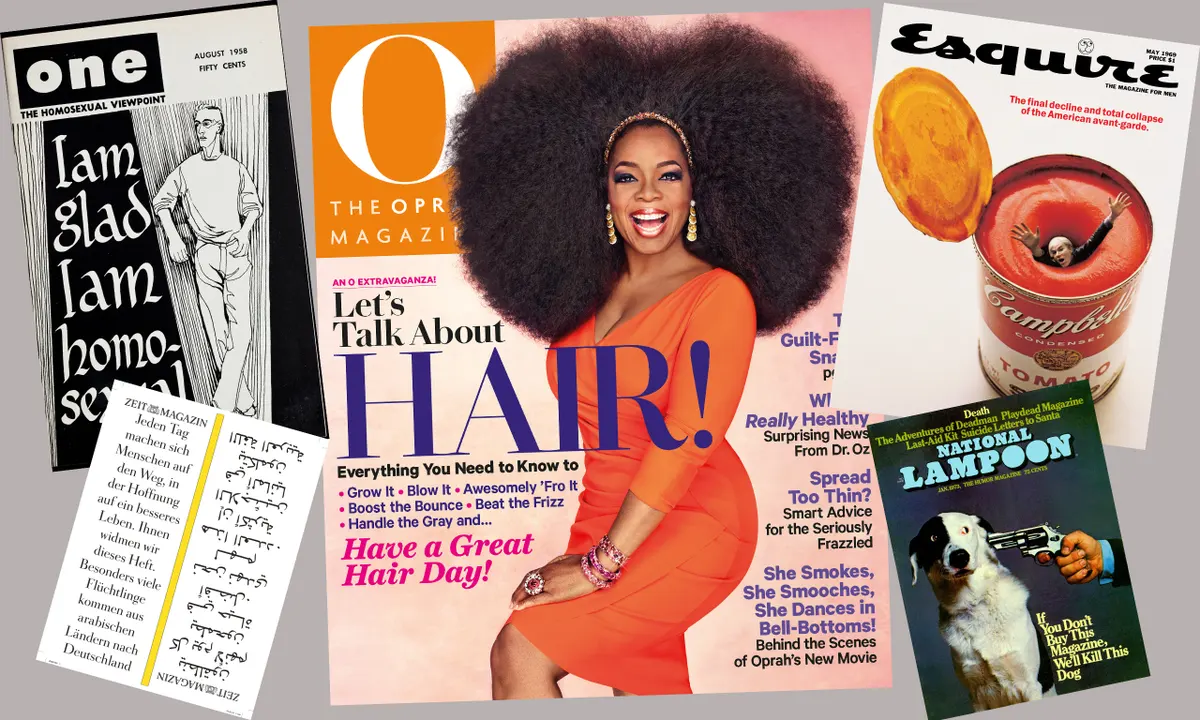
Learn the secrets to designing captivating magazine covers that grab readers’ attention instantly. Discover the elements that make up the best magazine covers and how to craft your own masterpieces.
Introduction:
In the world of print media, a magazine’s cover is its first impression – the enticing gateway to the captivating content within. Crafting the best magazine covers is both an art and a science, requiring a deep understanding of design principles, visual storytelling, and audience psychology. In this comprehensive guide, we will explore the key components that contribute to the creation of eye-catching magazine covers. From typography to imagery, color schemes to layout, we will dissect each element, providing you with the tools you need to craft your own iconic magazine covers. Let’s embark on this creative journey together.
Table of Contents:
| Table of Contents |
|---|
| 1. Typography and Its Impact on Covers |
| 2. The Power of Visual Imagery |
| 3. Choosing the Perfect Color Palette |
| 4. Layout Matters: Balance and Composition |
| 5. Understanding Your Target Audience |
| 6. Nailing the Headline: A Guide to Effective Titles |
| 7. Incorporating Trends: Staying Fresh and Relevant |
| 8. Branding Your Magazine: Consistency is Key |
| 9. Case Studies: Examining Successful Magazine Covers |
| 10. Designing for Digital: E-Covers for the Modern Age |
Now, let’s dive into each topic to uncover the secrets of crafting the best magazine covers.
Typography and Its Impact on Covers:
Effective typography can make or break a magazine cover. Discover how to choose fonts that resonate with your audience and convey your magazine’s personality.
The Power of Visual Imagery:
Images are the soul of magazine covers. Learn how to select, edit, and position images for maximum impact.
Choosing the Perfect Color Palette:
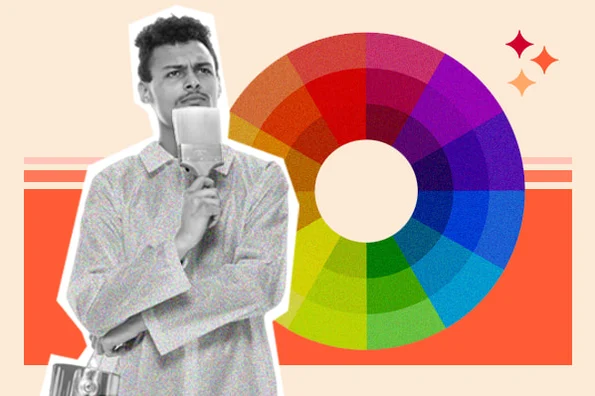
Color sets the mood and tone of your magazine. Explore how to select the right color scheme to evoke the desired emotions.
Layout Matters: Balance and Composition:
A well-structured layout is crucial. Explore the principles of balance and composition to create visually pleasing covers.
Understanding Your Target Audience:
Know your readers inside out. Tailor your covers to cater to their preferences and interests.
Nailing the Headline: A Guide to Effective Titles:
Craft compelling headlines that pique curiosity and encourage readers to delve into your magazine.
Incorporating Trends: Staying Fresh and Relevant:
Stay ahead of the curve by incorporating design trends into your covers while maintaining your brand’s identity.
Branding Your Magazine: Consistency is Key:
Consistency builds trust. Learn how to maintain a cohesive look across all your magazine covers.
Case Studies: Examining Successful Magazine Covers:
Analyze real-world examples of magazine covers that have achieved exceptional results.
Designing for Digital: E-Covers for the Modern Age:
Explore the nuances of designing digital magazine covers for an online audience.
Frequently Asked Questions:
1. What makes a magazine cover stand out? A standout magazine cover typically features a captivating image, compelling headline, and a well-balanced layout.
2. How can I choose the right colors for my magazine cover? Consider your target audience and the emotions you want to evoke. Research color psychology to make informed choices.
3. Is typography really important for a magazine cover? Absolutely. Typography plays a significant role in conveying your magazine’s tone and personality.
4. Can I experiment with different cover styles and still maintain my brand identity? Yes, but ensure there’s a consistent element that ties all your covers together, such as a logo or color scheme.
5. How often should I update my magazine’s cover design? It depends on your magazine’s frequency and your audience. Periodically refreshing the design can keep your publication looking fresh.
Certainly! While opinions on the “best” magazine covers may vary, here are some iconic magazine covers that have left a lasting impact on popular culture:
- National Geographic – “Afghan Girl” (June 1985): The haunting image of Sharbat Gula’s piercing green eyes on the cover has become an iconic representation of the magazine’s powerful photography.
- Vogue – Various Covers: Vogue magazine has produced numerous stunning covers over the years, featuring celebrities, models, and cultural icons that set trends and influence fashion.
- Rolling Stone – “John Lennon and Yoko Ono” (January 1981): This cover, featuring a naked John Lennon curled up beside Yoko Ono, captured attention and controversy, reflecting the couple’s vulnerability and their strong bond.
- TIME – Various “Person of the Year” Covers: Each year, TIME magazine features a “Person of the Year” cover that highlights influential figures who have had a significant impact on the world.
- Esquire – “Andy Warhol” (May 1969): This cover, featuring a screen-printed portrait of Andy Warhol’s face, showcased the artist’s pop art style and irreverent personality.
- The New Yorker – “9/11 Tribute” (September 2001): After the September 11 attacks, The New Yorker’s cover depicted a somber and simple image of the World Trade Center towers, capturing the mood of the nation.
- Sports Illustrated – Various Swimsuit Issue Covers: The annual Swimsuit Issue features iconic covers that celebrate beauty and athleticism.
- Playboy – Various Covers: Playboy’s covers, featuring iconic bunny logo and featuring prominent figures, have often been both provocative and influential.
- The Economist – Various Covers: The magazine’s thought-provoking covers use clever visuals and symbolism to highlight global issues and trends.
- Wired – Various Futuristic Covers: Wired magazine often features futuristic and tech-themed covers that reflect the cutting-edge topics they cover.
- conclusion
Remember that the “best” magazine covers can be highly subjective and depend on personal preferences and cultural context. These examples have left a mark in their respective genres and eras, but there are many more out there worth exploring.
Fashion News
Unlocking Elegance: Blazer Dress Outfits for Every Occasion
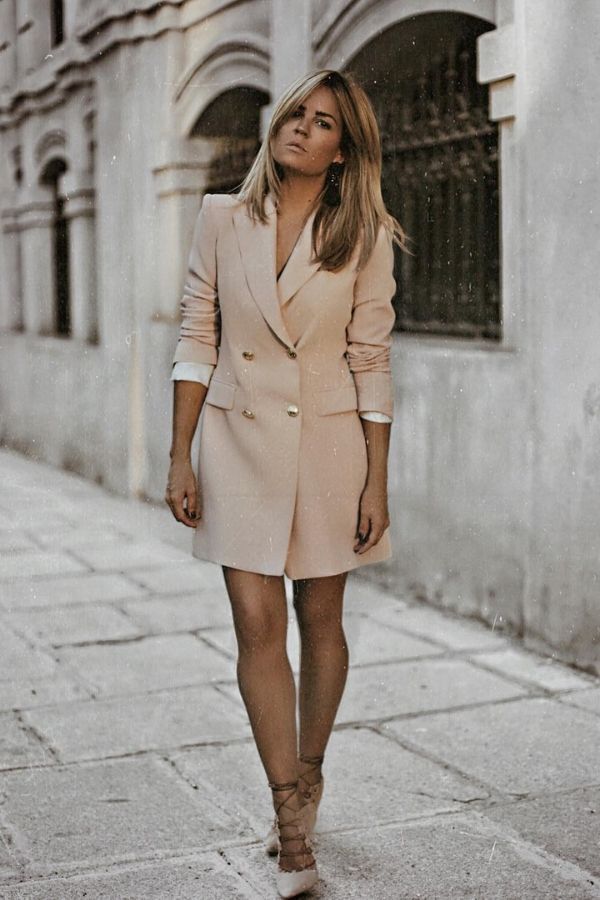
Discover the versatility of blazer dress outfits. Whether you’re aiming for casual chic or professional elegance, blazer dresses offer a stylish edge. Explore various styles, pairing suggestions, and FAQs.
Introduction
In the world of fashion, innovation is a constant Blazer Dress Outfits companion, reshaping and redefining trends. Among these trends, the blazer dress has emerged as a true fashion chameleon, seamlessly blending classic sophistication with contemporary flair. From power lunches to evenings out, blazer dresses offer a unique ensemble choice that exudes confidence and style. In this article, we delve into the realm of blazer dress outfits, offering insights, inspirations, and answers to your burning questions.
Table of Contents
| Table of Content | |
|---|---|
| 1. Casual Chic | 5. Pairing Tips |
| 2. Formal Glam | 6. Fabrics |
| 3. Prints & Patterns | 7. Shoes |
| 4. Styling Hacks | 8. Accessories |
Casual Chic

Blazer dresses have taken the fashion world by storm, effortlessly bridging the gap between casual and chic. The beauty of a blazer dress lies in its simplicity; it’s a one-piece wonder that can be easily dressed up or down. To achieve a casual yet refined look, opt for neutral tones or soft pastels. Pair your blazer dress with sneakers or ankle boots for a relaxed yet trendy appearance.
Formal Glam
When the occasion demands a touch of elegance, a blazer dress can rise to the challenge. Choose a blazer dress in a rich, deep color like navy, burgundy, or black. Tailored to perfection, these dresses exude sophistication. Enhance the glamour with statement jewelry, sleek heels, and a clutch. You’ll command attention at any formal event.
Prints & Patterns

For those with a Blazer Dress Outfits penchant for the bold and the vibrant, blazer dresses offer an enticing canvas for prints and patterns. Whether it’s floral, animal, or geometric designs, a patterned blazer dress can become the centerpiece of your ensemble. Remember to keep accessories minimal to let the pattern shine.
Styling Hacks
Blazer dresses open up Blazer Dress Outfits a realm of creative styling possibilities. Use a belt to cinch the waist and create an hourglass silhouette. Layer with turtlenecks or crisp shirts for a preppy twist. Experiment with different blazer lengths, from thigh-skimming to knee-length, to find the style that flatters your body type.
Pairing Tips
Choosing the right shoes and accessories can elevate your blazer dress outfit. For a playful daytime look, opt for white sneakers and a crossbody bag. Transition to evening by swapping sneakers for strappy Blazer Dress Outfits heels and adding statement earrings. Remember, balance is key – let one element stand out while keeping the rest understated.
Fabrics
Blazer dresses come in a variety of fabrics, each with its unique charm. For a polished look, opt for wool or tweed. Lighter fabrics like linen or cotton can lend a breezy feel to your outfit. Consider the season and the occasion when selecting the fabric of your blazer dress.
Shoes
The right pair of shoes can make or break a blazer dress ensemble Blazer Dress Outfits . Classic pumps exude elegance, while ankle boots add a touch of edge. Sandals are perfect for a summery vibe, while mules provide comfort and style. Let the overall tone of your outfit guide your choice of footwear.
Accessories
Accessories are the finishing touches that bring your blazer dress outfit to life. A sleek belt can define your waist, while a statement necklace draws attention to your neckline. Don’t underestimate the power of a well-chosen handbag – it can tie your entire look together.
FAQs
1. Can blazer dresses be worn casually? Absolutely! Blazer dresses can be dressed down with sneakers or ankle boots for a casual yet stylish look.
2. Are blazer dresses suitable for formal events? Definitely. A well-tailored blazer dress in a rich color, paired with statement jewelry and heels, is perfect for formal occasions.
3. How can I style a patterned blazer dress? Keep accessories minimal and let the pattern take center stage. Opt for simple shoes and understated jewelry.
4. What body types do blazer dresses flatter? Blazer dresses are versatile and can flatter a range of body types. Experiment with different lengths and accessories to find your perfect style.
5. Can I layer a blazer dress with other clothing items? Yes, blazer dresses can be layered with turtlenecks, shirts, or even pants for a unique and stylish ensemble.
6. Which fabrics are suitable for different seasons? Wool and tweed are great for colder months, while linen and cotton are ideal for warmer weather.
7. What shoes should I wear with a blazer dress? The choice of shoes depends on the overall look you want to achieve. Pumps for elegance, ankle boots for edge, and sandals Blazer Dress Outfits for a summery feel.
8. How do accessories enhance a blazer dress outfit? Accessories like belts, necklaces, and handbags add detail and cohesion to your ensemble, elevating its overall appeal.
Conclusion
Blazer dresses have rightfully claimed their spot as a must-have item in any fashion-forward individual’s wardrobe. From casual days to formal nights, blazer dresses offer endless opportunities for creative styling. By mastering the art of pairing, experimenting with fabrics, and embracing unique accessories, you can curate Blazer Dress Outfits looks that effortlessly reflect your personality and style. So, whether you’re attending a business meeting or enjoying a night out with friends, consider a blazer dress to make a bold and timeless fashion statement. Your journey into blazer dress fashion has only just begun Blazer Dress Outfits , and the possibilities are as limitless as your imagination.
-

 Entertainment1 year ago
Entertainment1 year agoAdmiral casino biz login
-

 Entertainment2 years ago
Entertainment2 years agoHow Much Does The Rock Weigh
-

 Entertainment2 years ago
Entertainment2 years agoDownload Popular Latest Mp3 Ringtones for android and IOS mobiles
-

 Entertainment2 years ago
Entertainment2 years agoTop 10 Apps Like MediaBox HD for Android and iPhone
-
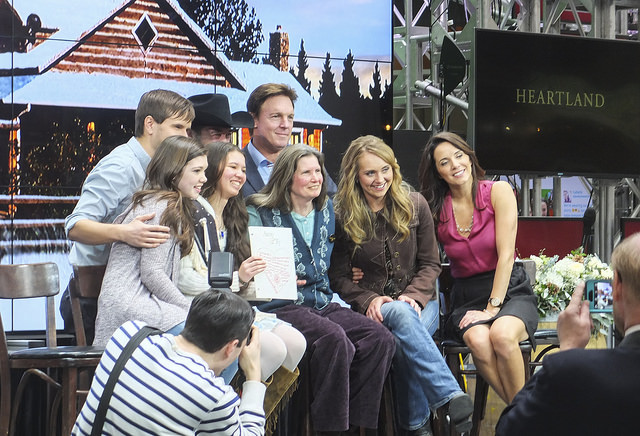
 LIFESTYLE2 years ago
LIFESTYLE2 years agoWhose Heartland?: The politics of place in a rural–urban interface
-
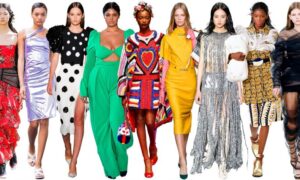
 Fashion3 years ago
Fashion3 years agoHow fashion rules the world
-

 Fashion Youth2 years ago
Fashion Youth2 years agoHow To Choose the Perfect Necklace for Her
-

 Fashion Today2 years ago
Fashion Today2 years agoDifferent Types Of lady purse
